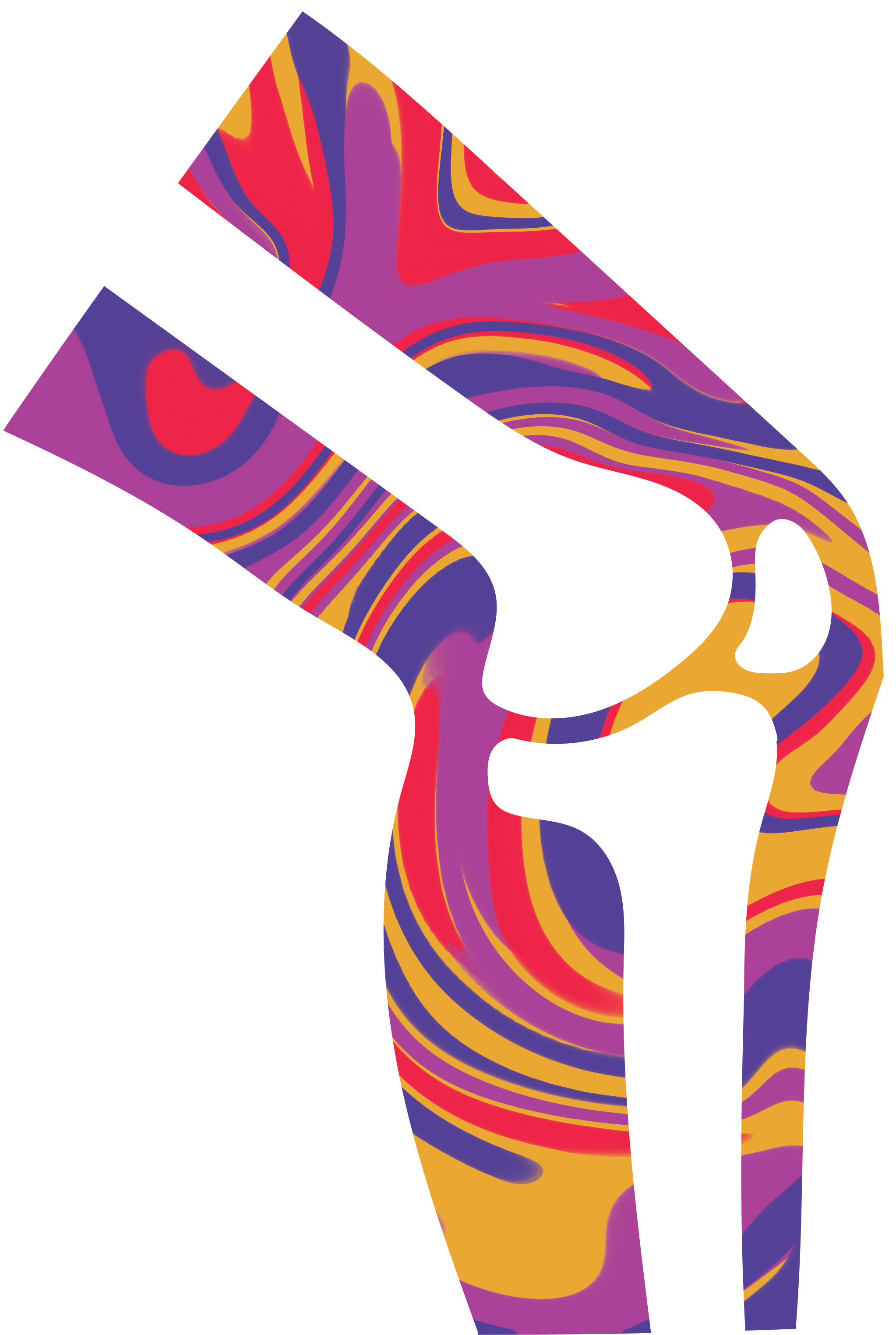Why should I contact Intercontinental Care?
Typically, we rely on our friends or relatives for recommendations, but when it comes to matters concerning your health, you should turn to experts. Access to medical services can be challenging due to waiting lists or high costs as well as a lack of awareness about the best available treatment options. Our team, comprised of doctors from various countries with many years of experience, aims to create an easy way for patients to access the best medical services in the world.
How much do the medical concierge services cost?
Our concierge services are free of charge for patients. Intercontinental Care also acts as a consultant for governments and hospitals, helping them manage international patients by selecting the most appropriate hospitals, controlling costs, and ensuring favorable clinical outcomes. We generate profit from these collaborations, enabling us to assist you completely for free.
Once I receive the treatment plans, do I have to select one?
There is absolutely no need to accept any of our offers. You are free to take your time to consider our offers. We understand that your health is a delicate matter and a decision should not be made without careful consideration. That is why our treatment offers include all the information about prices and treatment options and are provided only from the best hospitals, specialized in treating your disease, so that you can make an informed decision. We can also provide additional treatment offers based on your preferences or available budget.
How will you know what is the best solution for my case?
Evaluating all the possible treatment options can be very difficult and unfortunately many hospitals tend to charge more to private patients because they know their that they are not fully aware of the services they are purchasing. Our medical advisors have more than 20 years of experience working for leading healthcare facilities across more than 50 countries. Our extensive network of specialists stays updated on the latest research, surgical techniques, treatment options as well as prices. This allows our company to advise patients on the best options for their health.












